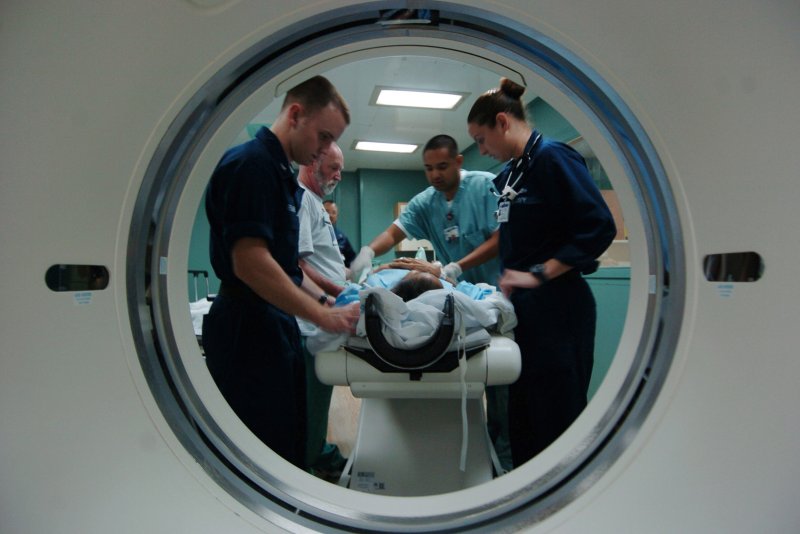Dec. 18 (UPI) -- A new computerized model for lung cancer detection could replace the old method of using surgical biopsies, a new study says.
New findings published Tuesday in the journal Radiology show how researchers used computer imaging to probe in and around a lung image on a CAT scan to distinguish a malignant and benign tumor with 80 percent accuracy. The radiologist only had 60 percent accuracy.















